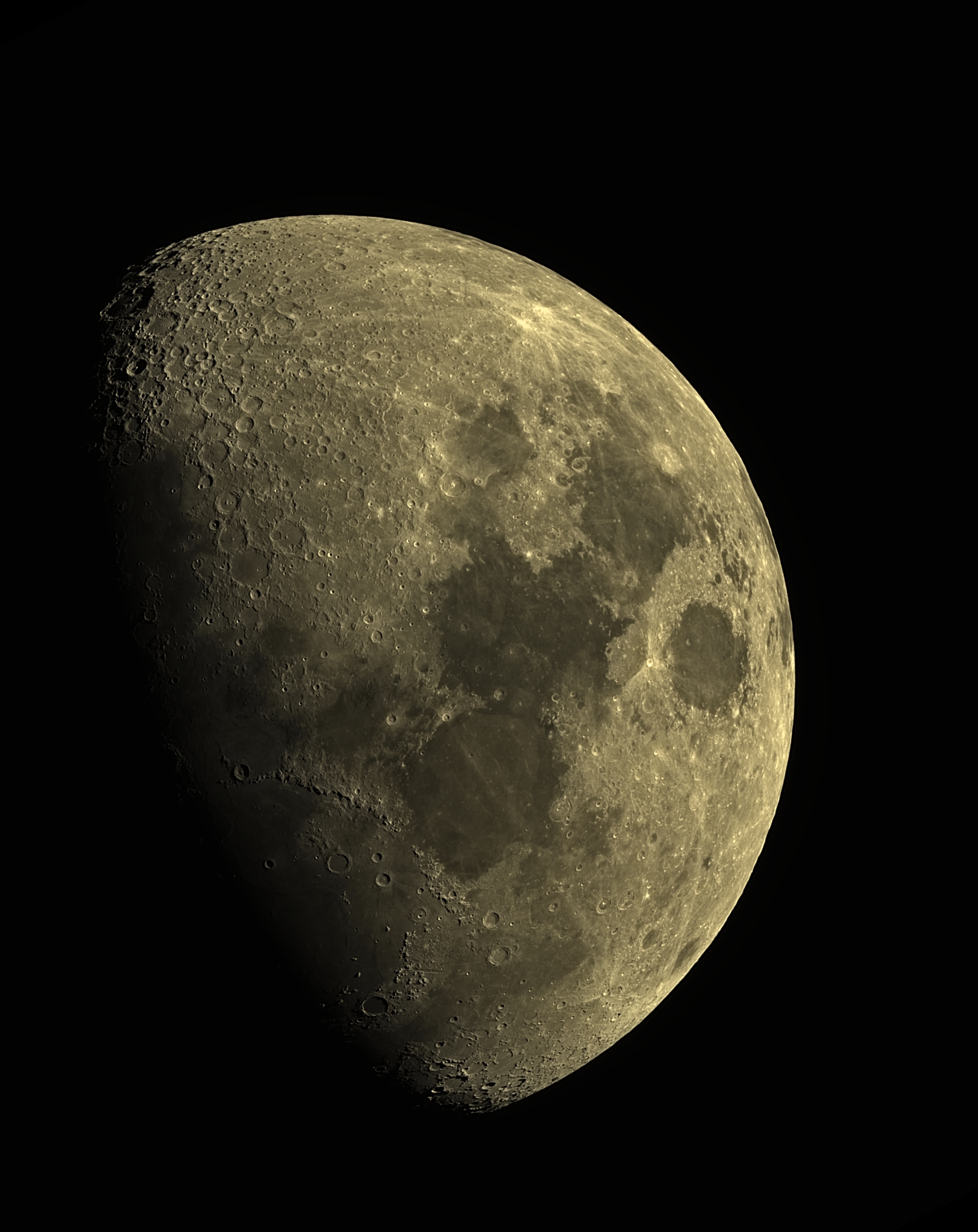Nov 3, 2022
Imaging: TS80 apo, ZWO ASI635MC (30 gain), No filterSubs: 3000 frames, 5ms exposure
Software: SharpCap, AutoStakkert, PixInsight
(Additional notes below)
Gallery
Notes
Moon, waxing gibbous (i.e. in between half moon going to full moon)I started astrophotography with DSOs (Deep Space Objects) and spent a couple of years now getting some decent pictures there. I knew that at some point I would circle around to taking pictures of the moon and planets but it took a while. I assumed that I could just use my existing DSO equipment which was pretty good at this point. Of course not. Planetary and Lunar needs different astrocamera and different telescope. I haven't been able to get the scope yet (supply chain issues still) but I did get the camera. Unfortunately, the camera with old scope was just horrible on Jupiter so I turned to the moon. This is my first moon picture that was ok enough to get all the way to the end.
Since this is my first, a quick run down of how I did this (which mostly matches what everyone does). First, you take a high speed video (yes video) of the moon: very short frame exposure (about 5ms) and a lot of frames (3000 in this case). Then I used AutoStakkert which allowed me to select the best 1000 frames in the video, set alignment points, and then stack those selected frames into a single image. I then post-processed that image in PixInsight to sharpen the details, some color balancing, crop, and convert to jpg.
